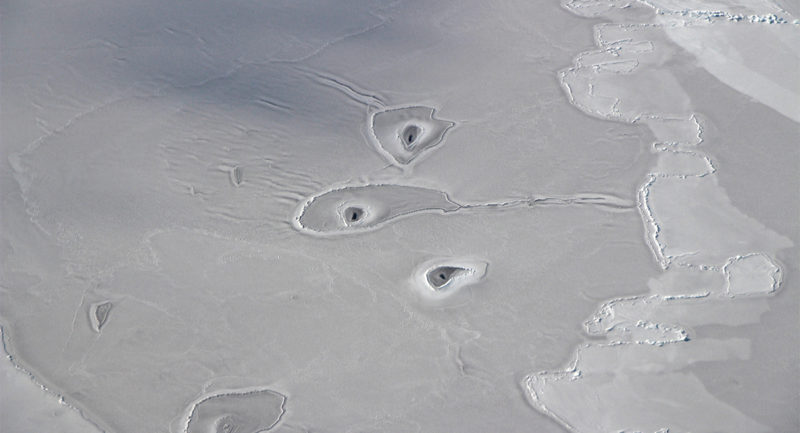Sightings from around the globe condensed in a week’s brief observations
Making waves
New Zealand is known for its picturesque landscapes but it can also dish up some tempestuous seas.
A 24-meter wave crashed down during a squall, May 8, and the event was recorded by buoy some 700 kilometers south of New Zealand.
Senior oceanographer, Tom Durrant, with MetOcean Solutions confirmed it is the largest wave recorded in the southern hemisphere, however, the affirmation was tainted with some trepidation.
“To our knowledge, it is the largest wave ever recorded in the southern hemisphere,” he said. “It’s very probable that larger waves occurred while the buoy was not recording.”
The buoy was installed in March and only records in 20-minute bursts to conserve energy.
The largest wave ever recorded on Earth was the tsunami at Alaska’s Lituya Bay in 1958. The earthquake-spawned crest measured 30.5 meters.
Come as you are, Bigfoot
Former Nirvana bassist, Krist Novoselic, was on hand at the State History Museum in Tacoma, Wash., May 10, to welcome fans of Bigfoot to History After Hours: Bigfoot Night.
Visitors to the museum were able to read up on field research and talk Sasquatches with writers Robert Michael Pyle and David George Gordon.
Pyle performs in a finger-style guitar duo with Novoselic called, Butterfly Launches From Star Pole. The latter is also part of another band that’s based in the community of Willapa Hills, which is a stone’s throw away from Satsop Hills, a common location for bigfoot sightings.
Arctic Icecapades
Every month NASA’s Earth Matters presents a conundrum on its blog, and April provides one fresh from the Beaufort Sea.
On April 14, Operation IceBridge scientist John Sonntag made a discovery: circular features in the ice about 80 kilometers northwest of the Mackenzie River delta.
Though nothing unexplainable, the features are “long, linear areas of open water”. The is thin ice and there is evidence that two floes collided creating blocks of ice sliding above and below each other to looks like a zipper.
IceBridge project scientist, Nathan Kurtz, noted that the circular impressions, leading to open water, are unexplainable. However, one theory posited was breathing holes for seals.
“I’m not sure what kind of dynamics could lead to the semi-circle shaped features surrounding the holes. I have never seen anything like that before,” he said.
Photo credit Jason Sonntag/NASA

